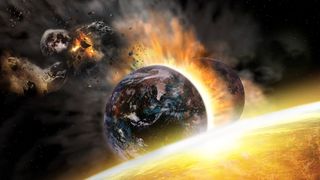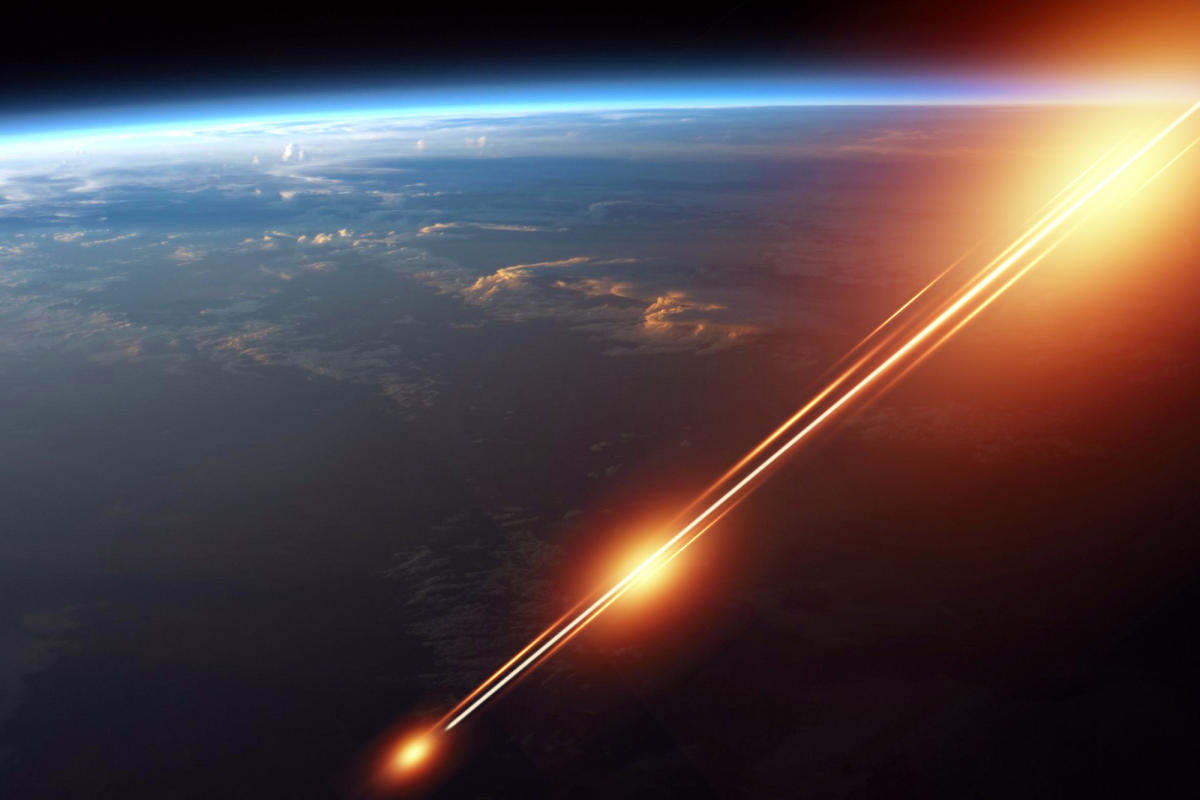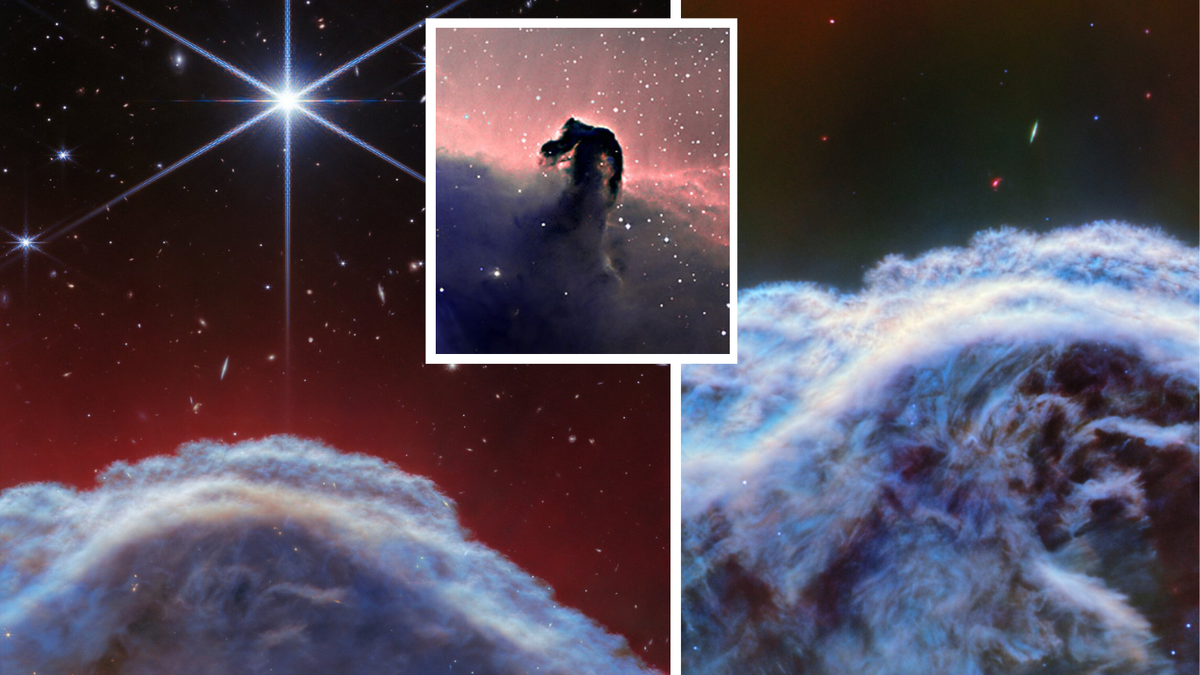The Moon has been associated with Earth for most of its 4.5 billion year dance around the Sun. Astrophysicists speculate that the Moon’s origin lies in an ancient collision where a Mars-sized object crashed into our planet and sent a huge amount of debris into space. The resulting materials coalesced by gravity to form what we now know as Moon.
We and the rest of life on Earth are so accustomed to the presence of the Moon that it is hard to imagine what life on Earth would be like if our natural satellite suddenly disappeared.
But could he ever sail away or disappear? And what would happen if the moon disappeared?
Related: What would happen if the Earth stopped rotating?
Few realistic astronomical events could cause such a dramatic event, according to Noah Peter, project scientist for NASA’s Artemis 3 lunar mission.
“I think the only likely astronomical event that could dislodge the Moon would be a large impact on the Moon that would break it apart. … Similar to the large impact that is believed to have led to the formation of the moona large enough object could theoretically smash the moon,” Petro said.
Fortunately, the sun and planets have absorbed most of the large objects in the solar system. A rogue planet entering the Solar System from interstellar space could cause damage, but the chances of it colliding with the Moon are extremely small, Petro said.
What would happen to Earth?

But let’s say it happened that the moon disappeared and Earth somehow remained relatively untouched.
In terms of physical processes, one of the most noticeable disruptions would be the effect on ocean tides, which are responsible for coastal ecosystems. Marine life in intertidal zones would either die or adapt, and we would likely see major ecosystems collapse, which rely on intertidal zones for food sources. Nearly three-quarters of the world’s population live within 31 miles (50 kilometers) of an oceanand as such billions of people either harvest or obtain food from intertidal zones. The collapse of this ecosystem would be catastrophic for coastal communities.
In addition, tidal erosion on coastal margins is responsible for much of how our coastlines are shaped. This process would be greatly reduced and the battle between land and sea would come to a (somewhat) truce.
Tides also play an important role in the overall thermal regulation of the ocean. Cooler, deeper ocean water is drawn into bays and inlets at high tide, where it warms. Ocean tides also have a profound effect on larger ocean currents and thus ocean circulation. These currents also have feedback driving overhead winds, which play an important role in regulating the coastal climate. The sudden disappearance of the tidal forces that drive these mechanisms would have a huge impact on the dispersion of heat and energy across the planet, changing the temperature and climate to a place we would barely recognize.
One of the most profound effects of the moon’s disappearance would take some time to play out, but it would have huge consequences. The Earth’s axis currently lies at 23.4 degrees relative to our orbit around the Sun. However, there are fluctuations in its rotation cycle. However, a complete cycle, which deviates only by 2.4 degrees, takes 26,000 thousand years. Without the Moon to stabilize it, this fluctuation could be extreme and erratic. In this scenario, predictable periods would disappear and the poles would sometimes be on the equator. The results would drastically change the habitability of Earth, as the once predictable environment would become hostile to many forms of life.
What would happen to life?

Indeed, a number of species and ecosystems have developed a deep dependence on the physical consequences of the Moon’s existence. After all, life evolved with the moon and its cycles as an important environmental condition. The life cycles or behaviors of certain species are based on monthly cycles. Some examples are bird species that rely on moonlight as a guide for migratory travel. The timing of the moonrise is also key synchronized friction corals in the Great Barrier Reef.
The moon also provides a source of night light for nocturnal species, especially nocturnal predators. Evidence has shown that small mammals reduce their activity during the high moon (when there is more light) for the risk of predation. Without this light, the prey would gain a serious advantage over their predatory opponents.
Effects on exploration and culture

Humanity’s relationship to the moon is deep. Of course, the Moon was the first extraterrestrial body humans set foot on, and its disappearance would greatly affect our goals in space exploration. The The moon provides a tangible springboard to larger future astronomy trips where we can test our equipment and learn more about the history of the solar system without ever straying too far from home.
The the moon is a time capsule into the early solar system, Petro noted. By studying it, we can get clues about how the Sun evolved, the history of impacts on the lunar surface, and what it was like in the early stages of the solar system.
If we lost the Moon, we would lose one of our best sources for understanding the origins of the Earth.
It also costs a lot of energy and resources to send things into space from Earth because they have to escape from our planet’s space gravitation. However, The moon is believed to be home to significant amounts of frozen water, which could provide key resources for future deep space missions. By getting this water from the moon, we don’t have to spend our resources draining it from the surface of the earth.
It is also important to consider the role of the moon in human culture. Countless myths, stories, paintings, poems and songs have been written about the moon. The lunar calendar it plays a central role in religious celebrations around the world, and the disappearance of the moon from the sky would undoubtedly be a crisis for several prominent belief systems around the world.
It is fair to say that if the Moon were to disappear from existence, the physical, biological and symbolic consequences for the planet, life and people would be enormous.


